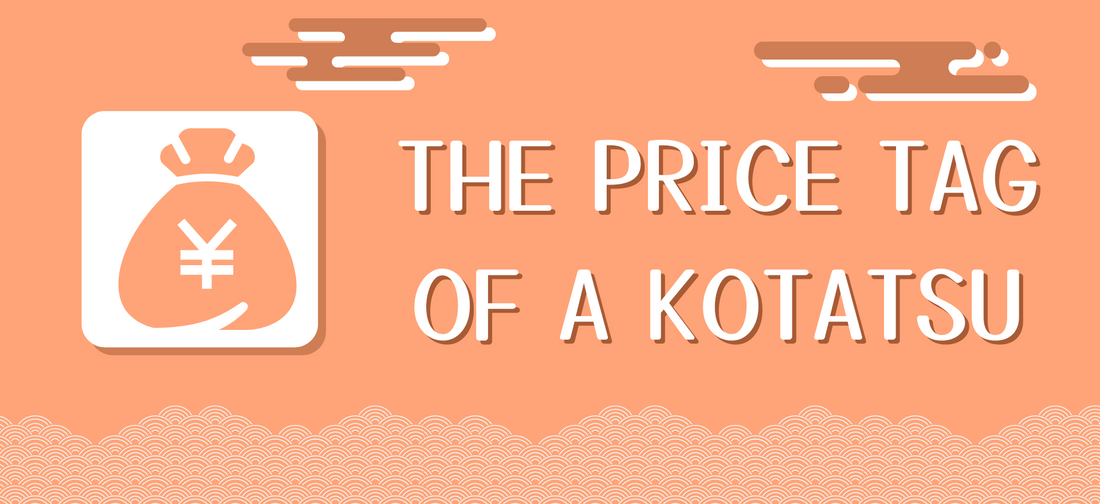Kotatsu, the traditional Japanese table heater, conveys warmth and comfort both literally and figuratively. Marked with an eccentric design blending cultural aesthetics and practicality, this unique piece of furniture serves a dual purpose as a source of heat during the cold winter months and a welcoming site for communal gatherings. However, despite its popularity and invaluable functionality, the Kotatsu is often deemed expensive.
To understand the reasoning behind the perceived high cost, one must look closely at the composition of a Kotatsu and the cultural value associated with it. A Kotatsu traditionally consists of a wooden table frame, a futon or heavy blanket, and a heat source underneath. It embraces simplicity in design, yet the materials and craftsmanship required to create a Kotatsu are far from simple.
The very essence of a Kotatsu lies in its quality. The premium wood, which forms its structural foundation, offers durability and longevity. The thick, well-sewn futon provides insulation, ensuring heat retention, enhancing the heat source's efficiency installed beneath. The heater itself calls for advanced technology to guarantee safety, adjustability, and energy efficiency. Furthermore, the creation of a Kotatsu often involves skilled Japanese artisans and craftsmen, adding to the labor cost.
Another factor contributing to the Kotatsu’s cost is its dual functionality. This table doesn’t just serve as a heater during the winter months but can also be used as a regular table throughout the year. Simply remove the futon and disconnect the heating element, and you have a low-rise table ideal for various activities such as dining, studying or any other leisurely activities.
The significant cultural value attached to a Kotatsu also plays a prominent role in determining its price. A Kotatsu is often more than just a piece of furniture. It is an embodiment of the warmth and affability of Japanese hospitality, a symbol that fosters familial bonding and encourages community spirit. This social and cultural significance attached to a Kotatsu naturally elevates its status beyond mere functionality, substantiating the claim for its upper-tier pricing.
Importing a genuine Kotatsu table outside Japan also proves expensive due to import duties, taxes, and shipping fees. The table's weight and size can significantly affect the shipping cost alone since international shipping rates are determined by volumetric weight.
However, it is vital to reiterate that the expense of the Kotatsu is relative to its perceived values of quality, durability, functionality, cultural significance, and the joy and comfort it delivers. It is an investment that could last a lifetime, requiring minimal maintenance and delivering a range of uses unmatched by a conventional table or heater.
In conclusion, while the tag of a Kotatsu might seem hefty at first glance, an in-depth understanding of the features, functionalities, and values it offers could present a different perspective. A Kotatsu, with its premium quality material, craftsmanship, multi-functionality, and cultural value, can be seen as an investment in comfort, durability, and a timeless piece of Japanese tradition. Its cost, therefore, is not merely a reflection of its physical attributes and utility, but a testament to its cultural legacy and significance.

